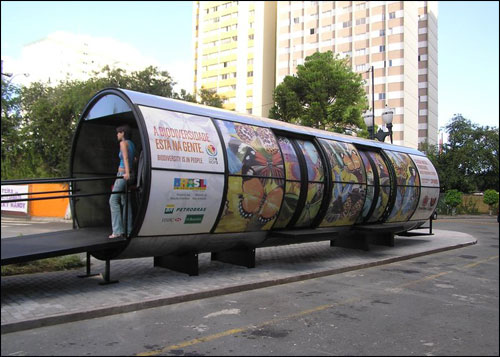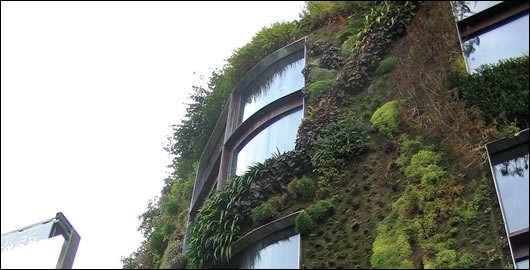Could immersion tanks be used to balance wind and solar energy supply?
The humble electric immersion could play a key role in fighting climate change, according to Dr Mark Barrett, a rearcher at the Energy Institute at University College London.
According to the Guardian:
Dr Barrett says the heaters could be switched on and off rapidly to compensate for the erratic output of wind turbines and solar panels, each heater controlled by a gadget that responds to signals sent through the electricity grid – a system used since the second world war. "Everybody is always looking for a shiny new silver-bullet solution" says Dr Barrett, "but this idea is cheap, safe, and based on technology that's been around for decades"....
...Dr Barrett explains that 19m domestic tanks, each fitted with a standard 3kW (kilowatt) immersion heater, would provide over 55GW of potentially flexible demand, which could be adjusted to suit the output of renewable generators. The immersion controller would ensure the water temperature stays above a set minimum – so the house would never be without a hot shower – but within a range of 45C-65C the grid would be in control. Along with hot-water storage in commercial buildings, this would provide balancing capacity greater than peak consumption today, and is a key feature of the computer model Dr Barrett has devised to investigate how Britain could best achieve a high proportion of renewable power.




